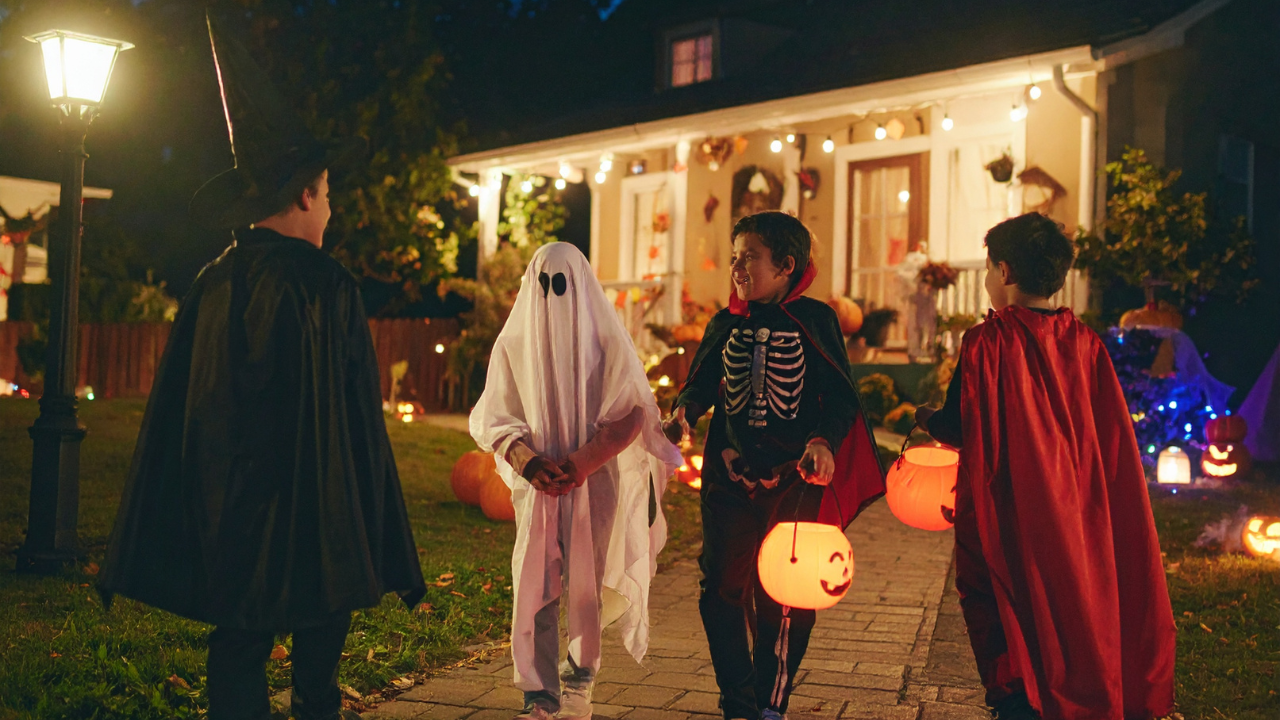
Halloween Candy Without the Chaos
Oct 26, 2025Halloween is basically the Super Bowl of candy. Your kid has been talking about it since the first pumpkin spice latte showed up in August, and now you’re staring at a pillowcase full of sugar bombs wondering: Do I let them go crazy? Do I ration it? Do I hide it in the freezer and hope they forget?
Here’s the thing: it doesn’t have to be a battle. In fact, Halloween is the perfect opportunity to practice something called the Division of Responsibility (DOR)—a feeding approach created by dietitian Ellyn Satter that brings sanity back to the table (and the candy bowl).
The Division of Responsibility in a Nutshell
The DOR says parents are in charge of the what, when, and where of feeding. Kids are in charge of how much and whether they eat.
Applied to Halloween, this means:
- You decide: when candy is available, how it’s served, and the general structure (like with meals and snacks).
- They decide: if they eat it, and how much.
Why This Works with Candy
When kids know candy isn’t forbidden fruit, it loses its power. The more we micromanage (“Just one more,” “You’ve had enough,” “You can’t eat that now”), the more candy becomes gold in their eyes.
By allowing candy in a structured way, kids learn self-regulation. Yes, some nights they may eat a scary amount of Skittles, but over time, they truly start eating less. And you’ll have fewer battles about it.
How to Put This into Practice
Here’s a parent-tested, dietitian-approved way to handle the stash:
- On Halloween night: Front load your day with 3 nutrient-dense meals. Think protein, fat, and fiber, especially dinner. After Trick-or-Treating, let kids dig in. Yep, really. Let them eat as much as they want that night. You’ll be surprised—most kids tap out sooner than you think.
- After Halloween: Fold candy into your regular feeding structure. For example:
- Offer a piece or two with meals or snacks.
- Let them enjoy it without comments like “that’s bad for you” or “don’t eat too much.”
- Create healthy boundaries: candy remains in the kitchen or pantry and is consumed with meals.
- One hard line I draw: food dyes and high fructose corn syrup. On Halloween night, I truly let kids have what they want. But after that, the candy that contains either artificial food colors or HFCS gets tossed. When kids are little, if you need to swap in some alternatives, you can either do the Switch Witch or provide something like Yum Earth candy. But as kids age (pre-teens/teenagers), you can have the conversation around ingredients, specifically ones that are damaging, not just fun.
- Stick to your roles: Remember—you decide the when and where. Maybe you say candy is offered at snack time, not right before bed. But once you serve it, your child gets to choose how much to eat.
The Big Picture
This approach isn’t just about Halloween—it’s about raising kids who feel confident around food, don’t binge in secret, and can listen to their bodies. Candy can fit into a balanced diet without fear or guilt.
So instead of stressing about how many Reese’s your kid eats, use Halloween as a teaching moment. Structure, freedom, and trust go a long way—and you might just enjoy sneaking a Snickers yourself without the parental guilt trip.
👉 Want more strategies to create calm, happy mealtimes without bribing or begging? Check out my Picky Eating Fix program where I teach parents how to use the Division of Responsibility to take the power struggle out of food.
Become part of our newsletter community where you'll find inspiration, motivation, and helpful tips so you and your family can thrive!
We hate SPAM. We will never sell your information, for any reason.

